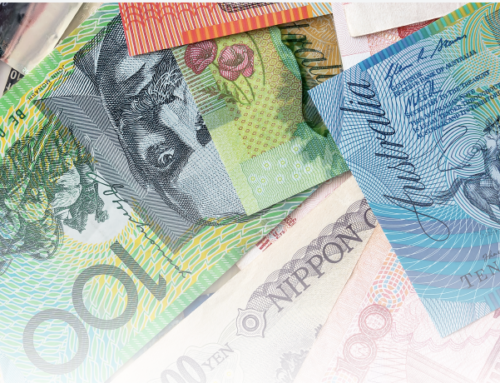Get SMART
You don’t need to be Maxwell Smart to adopt this strategy; you simply need to set goals that are:
- Specific
- Measurable
- Achievable
- Relevant
- Time-framed
Let’s take a closer look at how each of these SMART factors works.
1. Set specific goals
Goals like, “I want to travel the world” are vague and hard to follow. The more specific your goal is, the easiest it is to stay on track.
Instead, aim for a very clear and specific goal such as, “I need to save $5,000 for a holiday in Europe by July”.
2. Make your goals measurable
This lets you track your own progress. Rather than setting a goal like, “I want to spend less on food”, set a dollar value to your goal.
By setting an actual value, such as, “I want to cut my spending by $50 each week”, you’re more likely to put this money away.
3. Stick with what’s achievable
We’d all like to be millionaires by next year – but for most of us, it’s not really a reality. However, we all have the potential to achieve small, realist goals such as, “I want to save $100 from each pay packet”.
Take a look at your budget to know what you can realistically save on a regular basis. Then make those savings grow by setting up an automatic transfer of funds out of your everyday account and into a separate savings account.
4. Keep it real and relevant
If your goal doesn’t inspire you, you’re unlikely to stick with it. If you love the idea of travelling overseas or buying a car, make this your savings goal.
5. Timeline your goal
Setting an end date for your goal gives you a timeframe to work towards. It also makes it easier to see how much you need to save on a regular basis and lets you monitor your progress towards your goal from month to month.
Following the SMART strategy helps you set and achieve your money goals.
Found this article helpful? Why not drop me an email to share your thoughts, erik@micah.com.au; or call me on 1800 756 267.









Leave A Comment